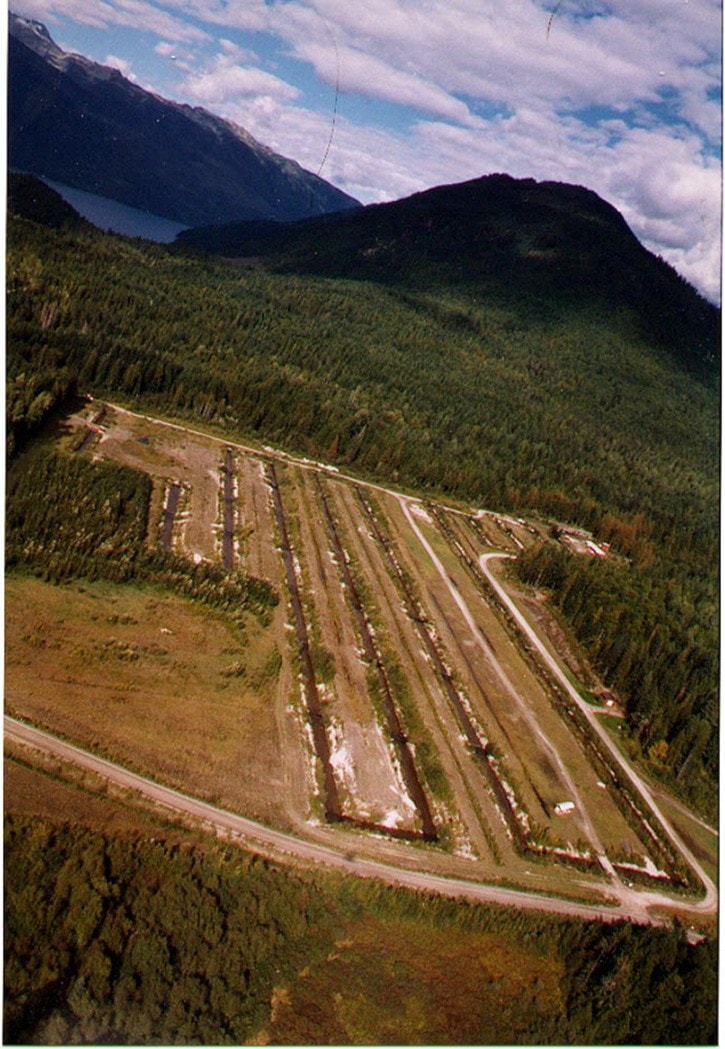Biologists are conducting a study to find out why the number of kokanee entering the Hill Creek spawning channel are way down from normal numbers.
In 2013, 58,726 kokanee entered Hill Creek and 17,316 of them went into the spawning channel. In 2012, 29,877 kokanee entered the creek and 24,342 went into the channel.
Those numbers are a marked decline for the norms. In 2011, 186,537 fish entered the creek and 155,405 went into the spawning channel. Those numbers are much closer to the normal amounts, which have averaged 160,000 since 1984 and 176,000 over the past five years.
The Fish and Wildlife Compensation Program (FWCP) tracks the number of kokanee that enter the creek and the number that enter the channel. Not all fish that swim into the creek go into the channel to spawn.
Angus Glass, the Columbia region spokesperson for the FWCP, said the number of kokanee in Hill Creek tends to correlate with the number in the Arrow Lakes.
"It's not a simple exercise," he said. "Obviously kokanee go through cycles and that type of thing but other than that, it would be really nice to hold up a reason and say, 'This is the reason.' The problem is there are many variables involved here."
He said biologists would be looking at the food web in the Arrow Lakes to understand the connections up and down the food chain between smaller fish and larger predators.
Glass said they were studying the effects of a nutrient restoration program. He said they would put a liquid blend of nitrogen and phosphorous on top of the water, which would feed the phytoplankton, which then get eaten by zooplankton, which are eaten by kokanee, which are eaten by larger predators.
"It's not like putting fish food in," he said. "It's a difficult system to manage. That's why this trophic interaction study should be quite interesting."
They will also be looking at water flow impacts.
The results of the study are not expected for at least a year.
